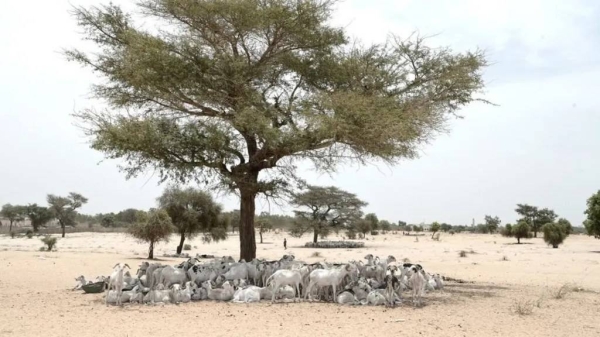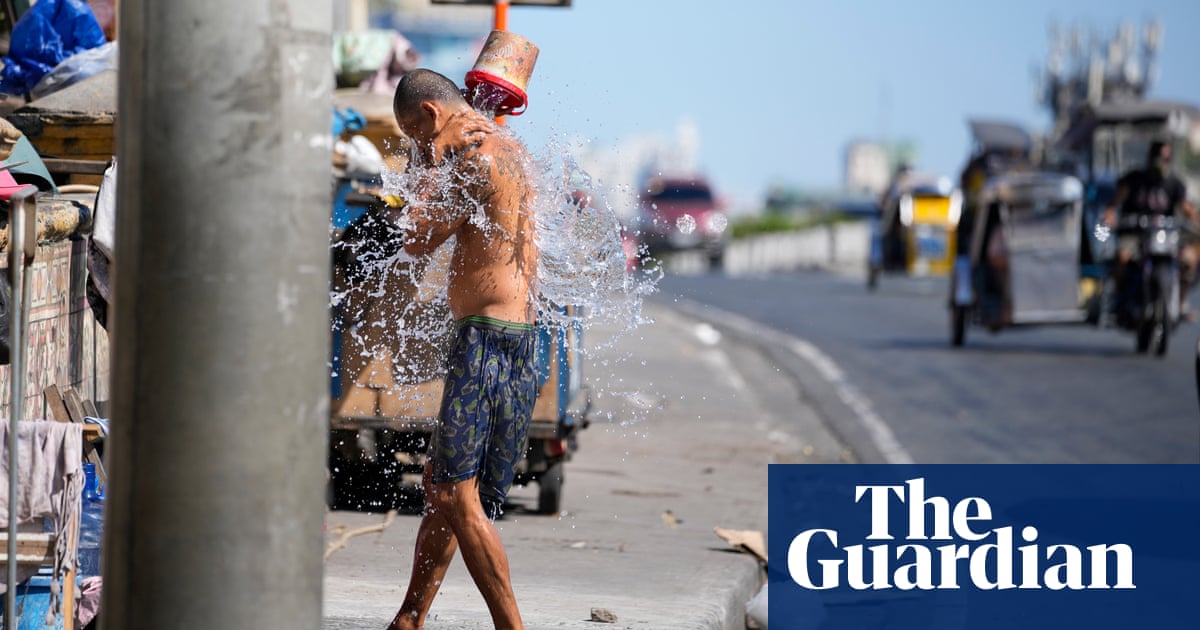
The record-shattering temperatures that hit the western Mediterranean last week would have been “almost impossible” without the climate crisis, according to scientists.
The heatwave across Spain, Portugal, Morocco and Algeria was made at least 100 times more likely by global heating, the researchers calculated. Before the climate crisis, such an extreme event would have been expected only once in a least 40,000 years, making it statistically impossible on human timescales.
The scientists said such heat early in the year was especially harmful to people, who were less prepared than in summer. Farmers were already suffering under a prolonged drought and the heatwave struck at an important time in the crop-growing season, particularly for wheat.
Extreme temperatures in the region are increasing faster than predicted by climate models – a problem that worries scientists – and intensive research is in progress to understand the reasons.
Human-caused global heating was already known to be increasing the severity and frequency of heatwaves. But the number of extreme events that would have been essentially impossible without the climate crisis is rising, destroying lives and livelihoods across the planet.
In April, scientists showed that the devastating drought in the Horn of Africa would not have happened without global heating. A Guardian analysis in 2022 found that at least a dozen serious events, from killer heatwaves to broiling seas, would have been all but impossible without human-caused global heating.
“The heatwave was a rare event in current climates, but an event of this extremity would have been almost impossible in the past colder climates, and we will see more intense and more frequent heatwaves in the future,” said Dr Sjoukje Philip at the Royal Netherlands Meteorological Institute, one of the researchers who conducted the study as part of the World Weather Attribution collaboration.
“The Mediterranean is one of the most vulnerable regions to climate change in Europe,” said Dr Friederike Otto, at Imperial College London, who was one of the study team. “These heatwaves are definitely not going away, so these kinds of conditions will occur ever more frequently until we stop emitting greenhouse gases.”
Dr Fatima Driouech, at the Mohammed VI Polytechnic University in Morocco, who was also part of the research team, said: “The intense heatwave came on top of a multi-year drought, exacerbating the lack of water in the region and threatening 2023 crop yields.”
The researchers used peer-reviewed methods to assess the influence of global heating on the 26-28 April heatwave, and the results are the fastest yet for such a study, produced in just a week. The heatwave brought temperatures never previously recorded in the four countries at that time of the year, ranging from 36.9C to 41.0C.
The team used weather data and climate models to compare the likelihood of the high temperatures in today’s warmer world with their likelihood before the climate crisis. They found that global heating had made the heatwave at least 100 times more likely, with temperatures up to 3.5C hotter than they would have been without global heating.
Heatwaves tend to be the deadliest type of extreme weather, the scientists said. Mortality data from the April heatwave is not yet available, but heatwaves in 2022 led to nearly 4,000 deaths in Spain and more than 1,000 deaths in Portugal.
Roop Singh, at the Red Cross Red Crescent Climate Centre, said: “The results of the study indicate the need to work more urgently to put in place adaptations known to reduce heat-related mortality.” Lisbon, for example, has reduced the city heat-island effect by increasing the area covered by green spaces and water features.












